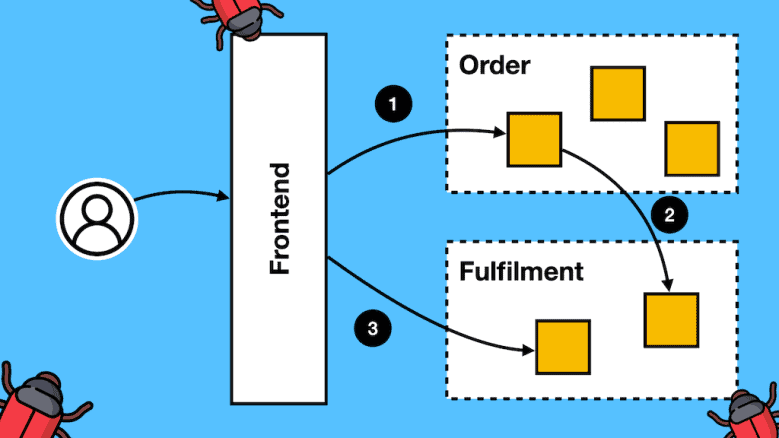Event-Driven Architectures: How to limit the scope of end-to-end tests
A common challenge in event-driven architectures is the potential for unintentionally triggering downstream consumers when running end-to-end tests.
Ephemeral environments can help, but not when you must publish events to a shared event bus.
In such cases, you can conditionally create a local copy of the event bus as part of the ephemeral environment so your test events will not trigger downstream event consumers.






